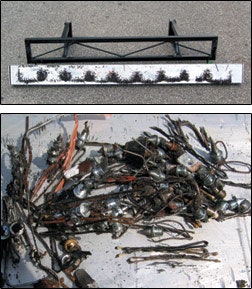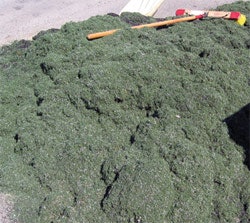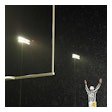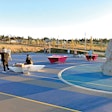Regular maintenance can reduce the amount of detritus hidden within the blades of synthetic turf fields.

"I could supply a cheerleading squad for 10 years with bobby pins," says Milo George, general manager of McComb, Ohio-based Professional Sports Field Services LLC, which cleans, refurbishes and repairs turf fields. "We find lots of cleat spikes; we find jewelry. We have found sheet-metal screws, things that I have no idea why they're on the field. Most of all, we collect lots of dust, dirt and lint. And all of it contributes to wear and compaction."
In a year that has seen growing recognition of the threat of MRSA to athletes and a highly publicized turf-toxicity scare, the time would seem ripe for greater understanding of the potential for harmful objects and substances to collect in turf. Instead, the investigation of lead chromate in turf fibers was met with some industry denial of the possibility that fibers could break down into significant amounts of dust - something that, for George, was the last straw. Within days of AB's report on the latest turf wars (see "Lead Astray?" Aug., p. 32), George had posted pictures on his company's web site of piles of detritus removed from fields.
"I've been accused of fear-mongering," he says. "I'd held on to those pictures for a long time - but then I knew that people would be interested to see a typical field and the amount of fine broken fibers, trash, dirt and dust we get out of these things."

Professional Sports Field Services' collection techniques are non-aggressive, so as not to abrade fibers. The company performs a sweep with the same type of magnet bar that roofing companies use to rid yards of nails after a roof replacement, carefully decompacts the field surface and then uses brooms and vacuums to remove debris. (The proper method for getting rid of dust while leaving the lion's share of crumb rubber in place is a closely held secret.) George says his photos not only show how much debris is discovered, but also suggest how easily bits of turf can be turned loose into the environment. To doubters, he tells an anecdote about a high school athletic director who catches goldbricking assistants napping on the field by telltale green fibers on the backs of their jackets.
"Nobody can deny there's dirt and dust all over these fields," George says. "The point is not to criticize turf manufacturers, because they're doing a good job. But the reality is that as these fields get old, things start breaking down - if you want your fields to last long, you have to take care of them."
It all comes down to "good housekeeping," he says, including weekly, monthly and annual maintenance. "I've talked to schools that had to replace their fields in six years," George says. "That should not be. They should be able to get a few more years out of their fields."
































